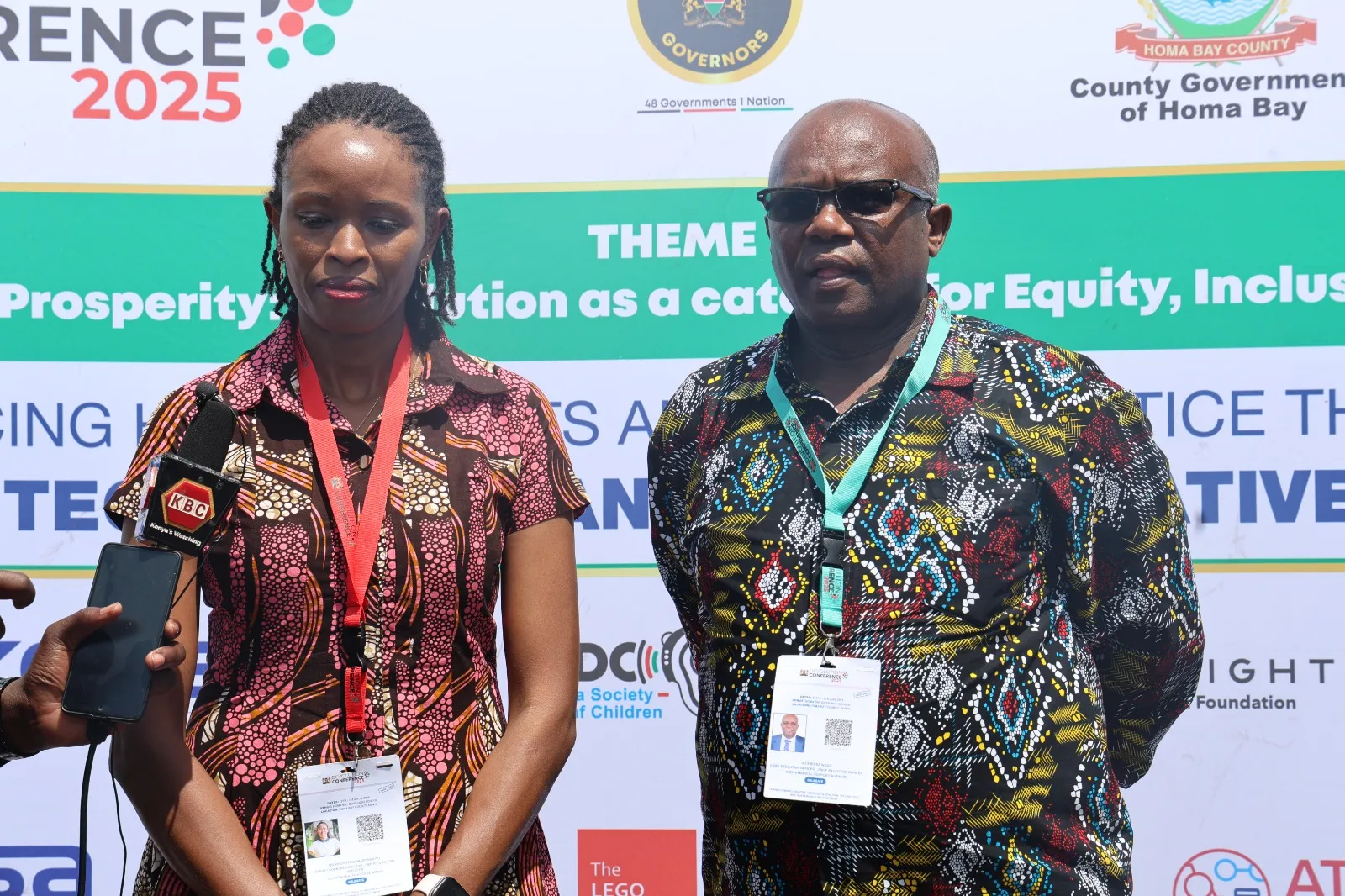Pioneering Inclusivity and Innovation in Deaf Transportation
Amidst the vibrancy of Deaf Awareness Month, let's applaud the rhythm of change in deaf transportation! Challenges may linger, but the beat of innovation is remixing the way we move.
One of the most transformative improvements in deaf transportation is the integration of real-time text and visual alerts. This technological leap has fundamentally altered how deaf passengers access critical information during their journeys. In lieu of relying solely on auditory cues like announcements or sirens, deaf individuals can now tap into a symphony of communication via text messages, LED displays, or vibrating devices. These visual and tactile cues serve as a lifeline, ensuring that deaf passengers remain updated on upcoming stops, delays, or emergency notifications
Moreover, the advent of mobile applications and digital platforms has revolutionized the way deaf individuals plan and navigate their routes. These modern apps provide a wealth of information, like when your bus or train is coming and which way it will go. They also show if there are any unexpected delays happening at a particular moment, making them easy to use by deaf travelers.
Several transportation providers have taken proactive measures to ensure their availability, recognizing the supreme role of sign language interpreters. Deaf passengers now have the means to access interpreters at major transportation hubs or through dedicated hotlines and apps. These interpreters act as channels of communication, offering directions and ensuring safety during emergencies.
Furthermore, cities and transportation authorities are investing in upgrading the physical accessibility of their facilities and vehicles. These transformative enhancements encompass the installation of ramps, elevators, and dedicated seating areas meticulously designed for persons with disabilities. Clear signage and visual cues have also been strategically implemented, simplifying the navigation process for deaf passengers as they traverse transportation hubs. These upgrades have ushered in an era of enhanced inclusivity for all travelers, irrespective of their hearing abilities.
Alongside these exciting enhancements, public transportation providers and advocacy groups have embarked on inspiring deaf awareness campaigns. By shedding light on the unique challenges encountered by the deaf community within transportation systems, these initiatives pave the way for a more compassionate and accommodating environment.
In conclusion, the ongoing advancements in deaf transportation bear witness to society's unwavering commitment to inclusivity and accessibility for all. As we further develop these advancements, we approach a future where transportation for the deaf goes beyond simply moving from one location to another. Instead, it becomes a symbol of inclusivity, fairness, and deep respect for every traveler, regardless of their hearing capabilities.
Tags: Pwds


